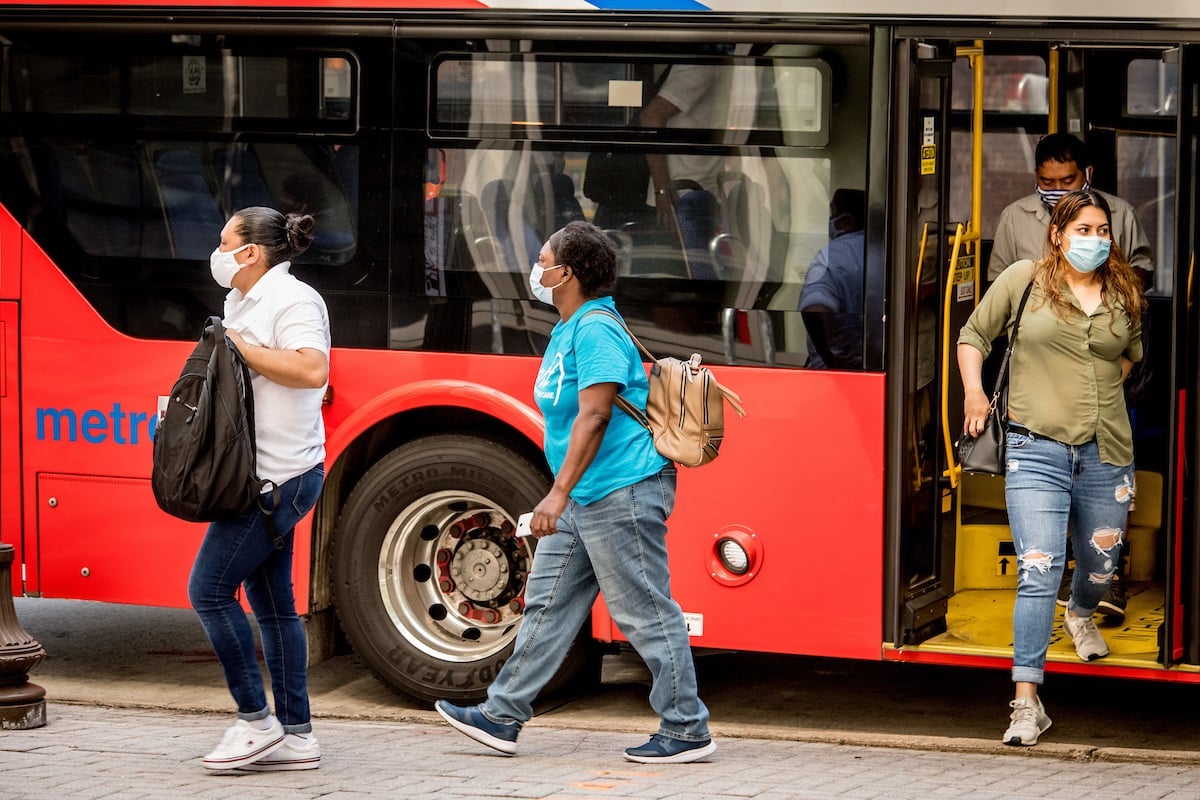Now is a great time to look ahead into 2021 and plan for what a return to the office will look like for your organization. While there are still many unknowns, taking the time to understand all of the facets that impact your transition back to the office— including the commute—will help set your company up for success.
Companies will need to understand how employees’ commuting needs and preferences will change, incorporate flexible work arrangements, and identify potential needs to support employees’ commutes.
Commute66 recently released a new toolkit providing step-by-step resources for companies planning for a return to the office. Here are a few of our insights at every stage.

Understand Employee Commute Changes
Surveys are a powerful tool to help you understand and prepare your workplace for the return of employees. Identifying changes in your employees’ commuting behavior can help you adjust policies or foresee any potential issues, such as parking shortages. Some questions to include are:
- Before COVID-19, what mode of transportation did you primarily use for your commute in a typical week?
- Once the office re-opens, how likely are you to use the following transportation options for your commute to work?
- What benefits or programs could be provided to help support your commuting needs when you return to the office?
Incorporate Flexible Work Arrangements
As most companies plan for a phased return to the office, companies will be switching from primarily remote work to hybrid teams consisting of some people in office on certain days or for certain hours, and others teleworking. Whether this will be temporary or long term, incorporating agreements that detail when an employee is expected to be working on site versus when they are expected to be working remotely is an important step so that expectations are clear and agreed upon. A few things to incorporate in your agreements include:
- Start and end dates of the new agreement
- Schedule of on-site vs. telework and related hours
- Handling of company-provided materials or technology
Identify Potential Needs
Once you’ve surveyed employees and analyzed your needs with the support of Commute66, there are various services that you may want to put into place to help employees feel comfortable returning:
- Carpool or vanpool matching among your employees or at your office building to limit exposure.
- Enhanced bicycle parking or discounts for employees to purchase Capital Bikeshare memberships
- Carshare discounts to help employees who voluntarily come into the office for a few hours
Want the Full Step-by-Step Look?
Commute66’s new toolkit includes comprehensive information on how the commute interacts with various stages of your return to office planning. The toolkit also includes a variety of samples you can use, including survey questions, flexible work arrangement agreement, and email to returning employees. Take a look at the full guide to use these resources and more for a successful transition.
Photo Credit: Sam Kittner/Kittner.com for Arlington Transportation Partners








